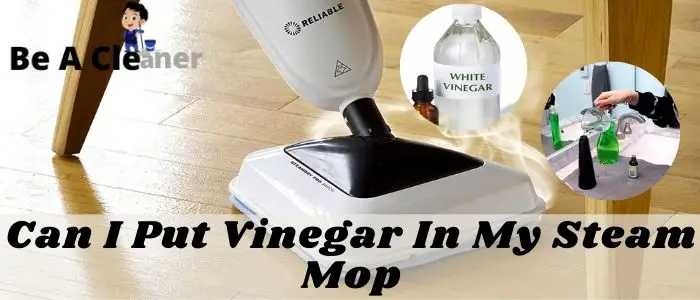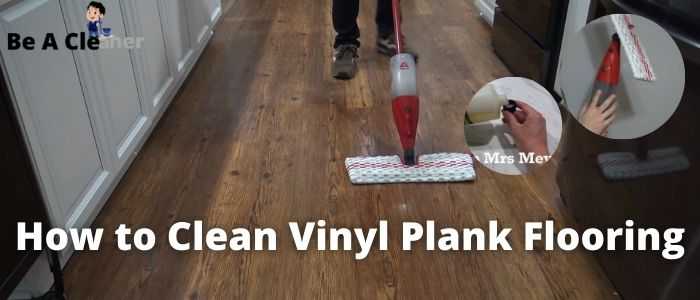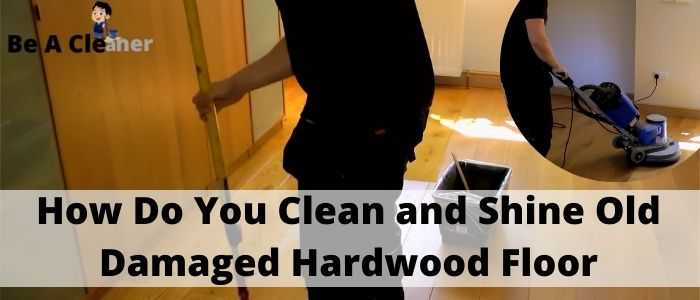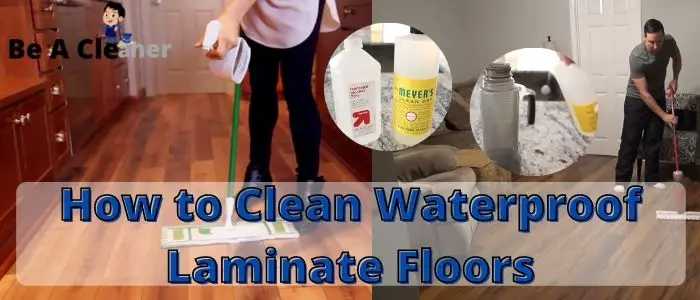· Floor Cleaning · 7 min read
Softening Your Roller Mop Head Without Struggle
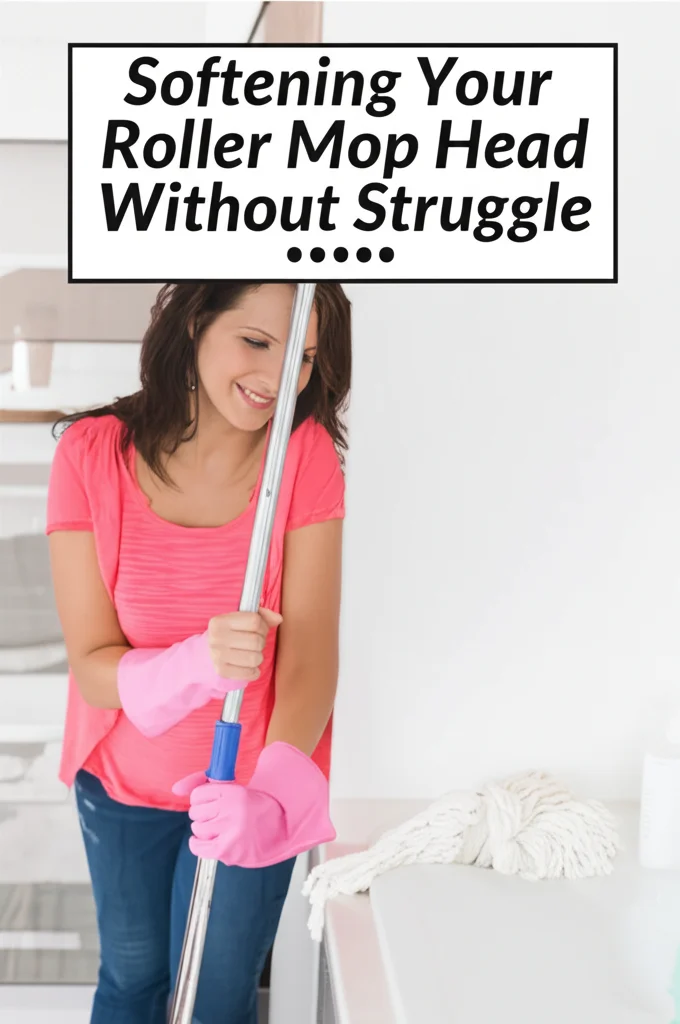
Softening Your Roller Mop Head: A Simple Guide
Ever pulled out your roller mop, ready to tackle those floors, only to find the head feels like a brick? A stiff roller mop head makes cleaning a real chore. This article will show you how to soften your roller mop head without a lot of effort, so you can get back to enjoying sparkling clean floors. We’ll cover everything from hot water soaks to clever drying techniques, ensuring your mop is always ready for action. Let’s dive in and make floor cleaning less of a struggle!
Quick Answer: To soften a stiff roller mop head, soak it in hot (not boiling) water for 10-15 minutes, gently massage the fibers, and air dry completely. Avoid using fabric softener, as it can reduce absorbency.
Takeaway:
- Hot water is your friend for softening a roller mop head.
- Avoid fabric softener to maintain optimal absorbency.
- Proper drying prevents mildew and keeps your mop fresh.
Why Does Your Roller Mop Head Get Stiff?
It’s common for roller mop heads to lose their softness over time. This usually happens because the microfiber fibers become compacted during use and washing. Think of it like your hair – it can get tangled and stiff after a long day. Dirt and grime can also build up within the fibers, contributing to the stiffness. Over time, this makes it harder for the mop to effectively pick up dirt and leave your floors truly clean. Understanding why it happens helps you prevent it and keep your mop in top condition.
The Hot Water Soak: Your First Line of Defense
A hot water soak is often the quickest and easiest way to revive a stiff roller mop head. Hot water helps to relax the microfiber fibers, loosening them up and restoring their softness. However, it’s important to avoid boiling water, as this can potentially damage the fibers. Here’s how to do it:
- Fill a clean sink or bucket with hot tap water.
- Submerge the roller mop head completely in the water.
- Let it soak for 10-15 minutes.
- Gently massage the mop head with your hands to help loosen the fibers.
- Rinse thoroughly with clean water.
This simple process can make a huge difference in the mop head’s flexibility and cleaning ability. If you’re looking for a deeper clean for your floors, you might also consider https://www.beacleaner.com/how-to-clean-luxury-vinyl-plank-flooring/ to ensure a spotless finish.
The Power of Gentle Massage
Don’t underestimate the power of a good massage! After soaking your roller mop head in hot water, gently working the fibers with your hands is crucial. This helps to break up any remaining dirt and grime, and further encourages the fibers to relax. Focus on areas that feel particularly stiff.
- Use a kneading motion, similar to how you’d massage your muscles.
- Work your way around the entire mop head, ensuring all areas are addressed.
- Avoid pulling or stretching the fibers aggressively, as this could cause damage.
This step is especially important if your mop head has been heavily used or hasn’t been cleaned in a while. Remember, a little effort here can save you a lot of scrubbing later.
Drying Techniques for a Soft, Fluffy Head
How you dry your roller mop head is just as important as how you clean it. Improper drying can lead to stiffness, mildew, and unpleasant odors. Air drying is generally the best option, but it needs to be done correctly.
- Avoid direct sunlight: Sunlight can fade and damage the microfiber fibers.
- Ensure good ventilation: Hang the mop head in a well-ventilated area to allow it to dry quickly and thoroughly.
- Fluff the fibers: Before hanging, gently fluff the fibers with your hands to help them maintain their shape.
- Avoid the dryer: The heat from a dryer can melt or damage the microfiber.
Proper drying ensures your mop head stays soft, absorbent, and ready for its next cleaning mission. If you’re dealing with grout issues, you might find https://www.beacleaner.com/how-to-clean-floor-grout-without-scrubbing/ helpful for a complete floor refresh.
What Not To Do: Avoiding Common Mistakes
Certain cleaning practices can actually worsen the stiffness of your roller mop head. Knowing what to avoid is just as important as knowing what to do.
- Fabric Softener: This is a big no-no! Fabric softener coats the microfiber fibers, reducing their absorbency and making them less effective at picking up dirt.
- Bleach: Bleach can damage the fibers and cause them to become brittle.
- Hot Dryer Heat: As mentioned before, high heat can melt or distort the microfiber.
- Overloading with Detergent: Excess detergent can leave a residue that makes the mop head stiff and sticky.
Steering clear of these mistakes will help you maintain a soft, effective roller mop head for longer.
Preventing Stiffness: Regular Maintenance is Key
The best way to deal with a stiff roller mop head is to prevent it from becoming stiff in the first place. Regular maintenance is the key.
- Rinse after each use: Rinse the mop head thoroughly with clean water after every cleaning session to remove dirt and grime.
- Wash regularly: Wash the mop head in the washing machine every 1-2 weeks (or more often if heavily used). Use a mild detergent and avoid fabric softener.
- Air dry completely: Follow the drying techniques outlined above.
- Store properly: Store the mop head in a clean, dry place when not in use.
A little preventative care can significantly extend the life of your roller mop head and keep it performing at its best. If you’re also concerned about the cleanliness of your carpets, consider checking out https://www.beacleaner.com/how-to-remove-baking-soda-residue-from-carpet/ for helpful tips.
Deep Cleaning for Stubborn Stiffness
Sometimes, a simple hot water soak isn’t enough to revive a severely stiff roller mop head. In these cases, a more intensive deep cleaning may be necessary.
- Vinegar Soak: Mix equal parts white vinegar and hot water in a bucket. Soak the mop head for 30 minutes. Vinegar helps to dissolve mineral buildup and break down stubborn grime.
- Baking Soda Paste: Create a paste of baking soda and water. Gently apply the paste to the stiffest areas of the mop head and let it sit for 15-20 minutes. Baking soda helps to lift dirt and deodorize.
- Thorough Rinse: After either of these treatments, rinse the mop head extremely thoroughly with clean water to remove all traces of vinegar or baking soda.
- Air Dry: Follow the air drying techniques described earlier.
These deep cleaning methods can help to restore even the most neglected roller mop heads. If you’re dealing with mold issues elsewhere in your home, you might find https://www.beacleaner.com/how-to-remove-mold-from-painted-walls/ a valuable resource.
Frequently Asked Questions (FAQs)
Q: Can I use bleach to disinfect my roller mop head? A: No, bleach can damage the microfiber fibers, making them brittle and less effective. Opt for hot water and a mild detergent instead.
Q: How often should I replace my roller mop head? A: With proper care, a roller mop head can last for several months. However, if it becomes excessively worn, damaged, or retains odors despite cleaning, it’s time for a replacement.
Q: My mop head still smells after washing. What can I do? A: Ensure you’re rinsing the mop head thoroughly to remove all traces of detergent. You can also try soaking it in a solution of vinegar and water to neutralize odors.
Q: Is it okay to use a washing machine to clean my roller mop head? A: Yes, most roller mop heads are machine washable. Use a mild detergent, avoid fabric softener, and air dry. Always check the manufacturer’s instructions for specific recommendations.
Q: Can I use a steam cleaner on my roller mop head? A: While some microfiber can handle steam, it’s generally not recommended. The high heat can damage the fibers over time. Stick to hot water soaks and machine washing.
Conclusion: Enjoy a Soft, Effective Mop Head
Softening your roller mop head doesn’t have to be a struggle. By following these simple tips – from hot water soaks and gentle massage to proper drying and regular maintenance – you can keep your mop head soft, absorbent, and ready to tackle any floor cleaning challenge. Remember, a well-maintained roller mop head will not only make your cleaning tasks easier but also help you achieve a more thorough and hygienic clean. So, go ahead, give your mop head some TLC, and enjoy sparkling clean floors with minimal effort! If you’re looking for more cleaning solutions, explore our other articles on https://www.beacleaner.com for expert advice and helpful tips.

